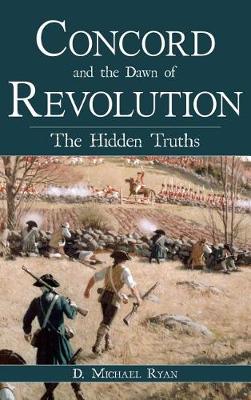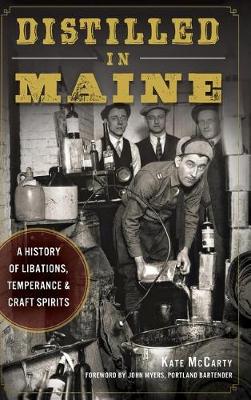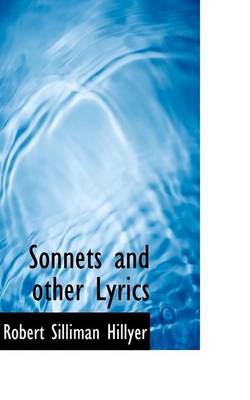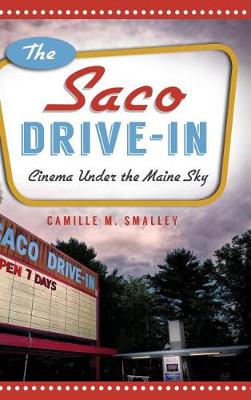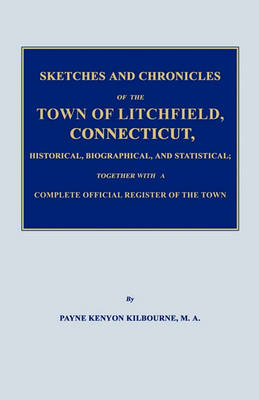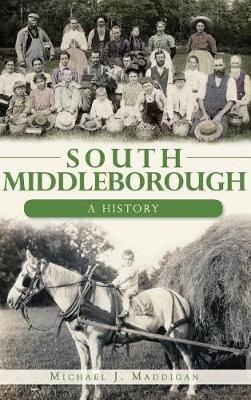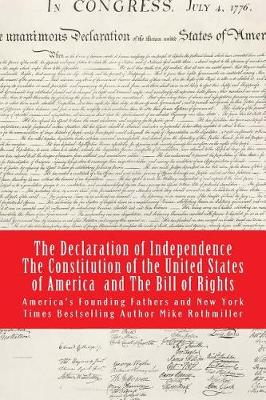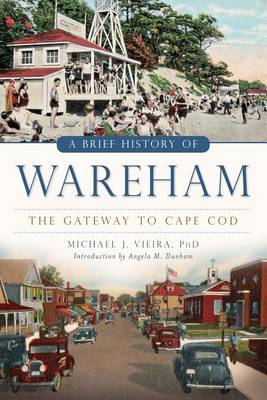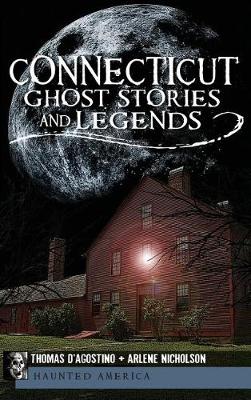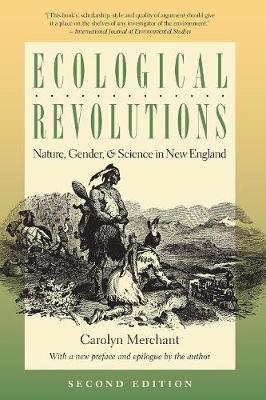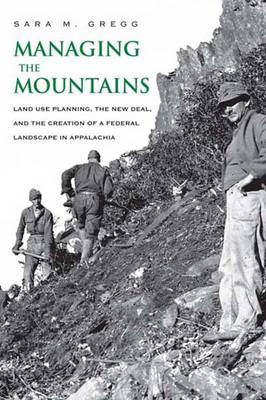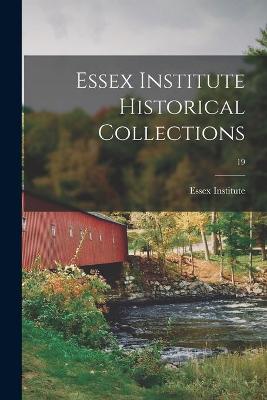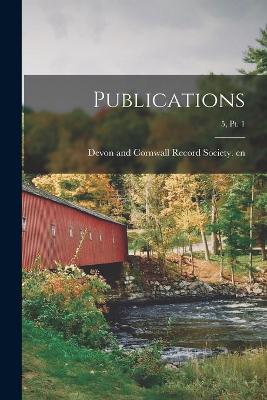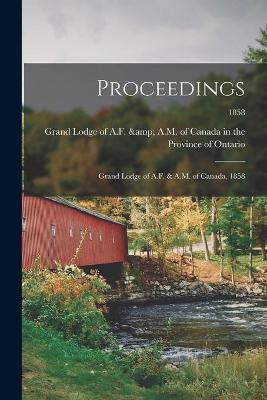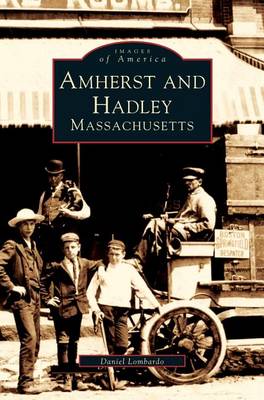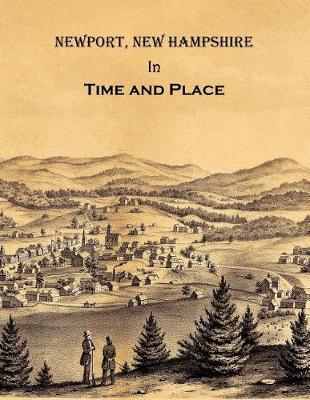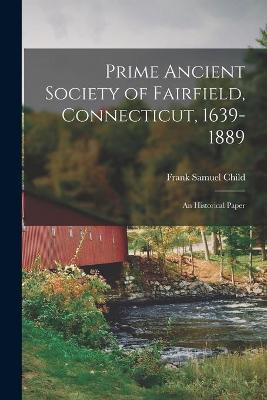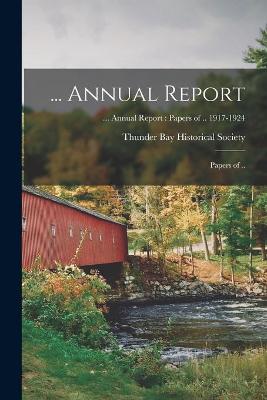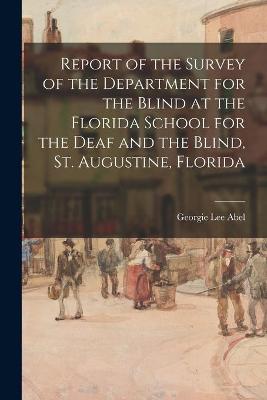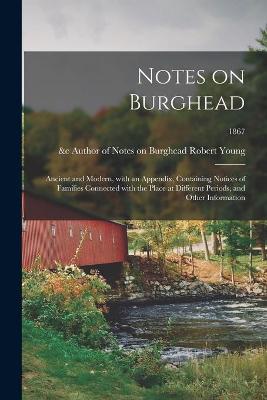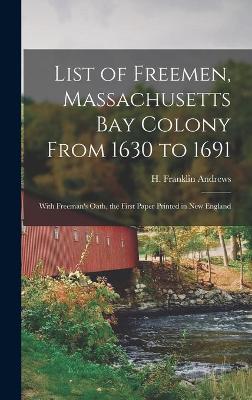How ordinary people use the past to shape their sense of self and community; People know who they are by fixing themselves in place and time. They keep the past in numerous ways - not simply by writing histories but also by telling stories, creating pictures, collecting memorabilia, preserving old homes, and tracing genealogies. As Michael C. Batinski shows in this imaginative study, the pastkeepers of Deerfield, Massachusetts, have long illustrated this human yearning to connect with past and p...
The Quaker Invasion of Massachusetts (Heritage Books Reprint Classic)
by Richard P Hallowell
The Declaration of Independence The Constitution of the United States of America (The World's Greatest Codes, #4)
by Mike Rothmiller and America's Founding Fathers
Connecticut Ghost Stories and Legends (Haunted America)
by Thomas D'Agostino and Arlene Nicholson
With the arrival of European explorers and settlers during the seventeenth century, Native American ways of life and the environment itself underwent radical alterations as human relationships to the land and ways of thinking about nature all changed. This colonial ecological revolution held sway until the nineteenth century, when New England's industrial production brought on a capitalist revolution that again remade the ecology, economy, and conceptions of nature in the region. In Ecological R...
Managing the Mountains (Yale Agrarian Studies) (Yale Agrarian Studies (YUP))
by Sara M. Gregg
Historians have long viewed the massive reshaping of the American landscape during the New Deal era as unprecedented. This book uncovers the early twentieth-century history rich with precedents for the New Deal in forest, park, and agricultural policy. Sara M. Gregg explores the redevelopment of the Appalachian Mountains from the 1910s through the 1930s, finding in this region a changing paradigm of land use planning that laid the groundwork for the national New Deal. Through an intensive analys...
Prime Ancient Society of Fairfield, Connecticut, 1639-1889; an Historical Paper
Report of the Survey of the Department for the Blind at the Florida School for the Deaf and the Blind, St. Augustine, Florida
